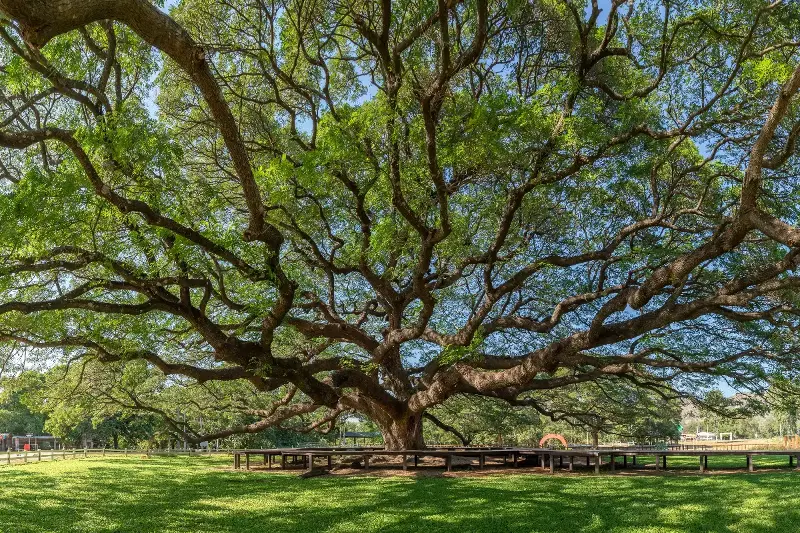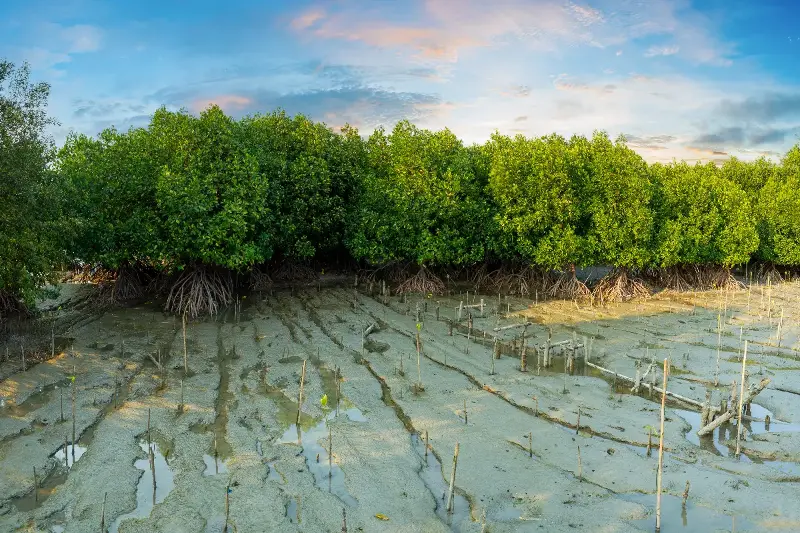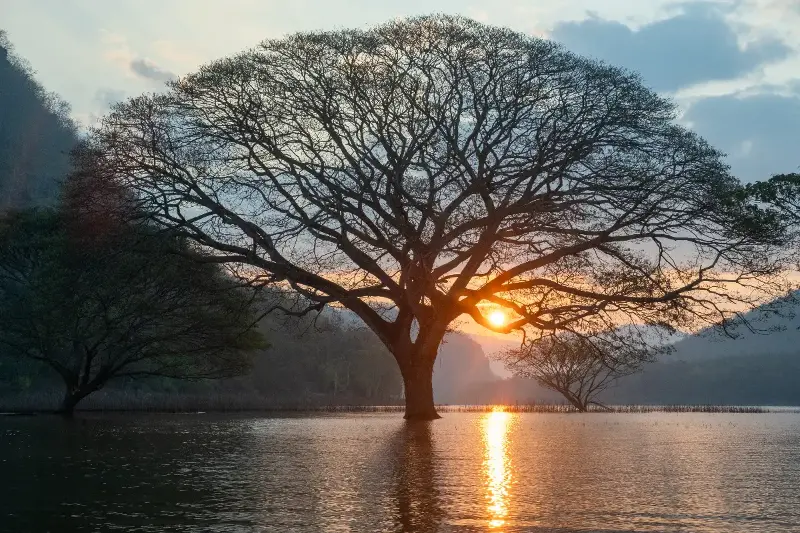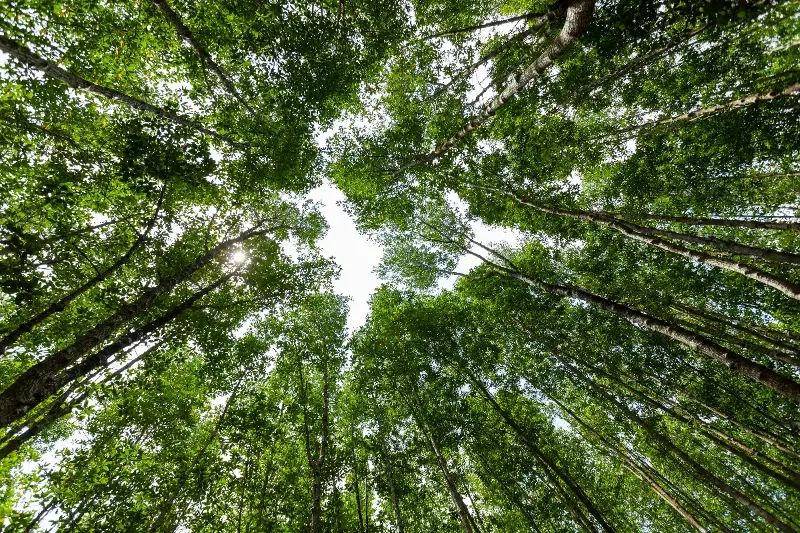Anyone who’s ever wandered through a lush rainforest, strolled under the shade of city avenues, or even glanced across a quiet patch of countryside has likely marvelled at the silent giants all around: trees. But what most of us don’t realise is that trees are not static. In the vast “Tree Kingdom”, there are world travellers aplenty—species that roam, migrate, and can be found wherever your wanderlust takes you. Meet the three types of tree adventurers you’ll spot on your journey, from Southeast Asia's mystical forests to the bustling city parks across continents. Each with their own story, these travelling trees form the scaffolding of some truly breathtaking nature scenes.
The Cosmopolitan Conquerors: Trees Without Borders

Some trees are true global citizens. Take the iconic Rain Tree (Samanea saman), for instance. Native to Central and South America, this tree has put down roots in Southeast Asia, Africa, and the Pacific Islands. It thrives along tropical roadsides and urban parks, its generous canopy sheltering bustling street markets and schoolyards alike. Its adaptability comes down to its hardy nature: drought-resistant, salt-tolerant, and capable of fixing nitrogen, the Rain Tree is ready for whatever the world throws at it.
Another classic globe-trotter is the Eucalyptus, hailing originally from Australia but now found swaying in the wind everywhere from Indonesia's plantations to Sri Lanka’s highlands. Thanks to its medicinal oils and speedy growth, the Eucalyptus has been intentionally planted worldwide for timber, essential oils, and to combat soil erosion. But its presence is a reminder—trees travel not only by seed or wind but with human intention.
These travelling titans serve ecological functions wherever they go. They improve air quality, offer shade, and serve as havens for wildlife. But cosmopolitan conquerors also remind us to tread carefully; sometimes their success becomes overpowering, crowding out local species. Still, spotting these familiar silhouettes, thousands of kilometres from their native homeland, feels a bit like running into an old friend in a far-flung place.
The Unstoppable Seed Dispersers: Born to Move

Not all world travellers are planted by human hands. Many trees owe their widespread range to ingenious ways of spreading their seeds. Take the Mangrove, ruler of tropical coastlines from the Philippines to East Africa to the Americas. Mangroves have seeds—known as propagules—that float on the tides, sometimes travelling hundreds of kilometres before finding new soil to anchor in. Their journey across salty seas shapes resilient coastlines, providing nurseries for fish and natural shields against storm surges.
The dandelion’s seed head—while not a tree, but worth a mention for its iconic flight—is mirrored in tree species like the Cottonwood and the native Kapok. Their seeds, equipped with silky tufts, ride the wind, ensuring that these trees take root far from their origins. Even fruit-laden trees like the Durian can claim world traveller status; their pungent fruit entices animals and humans alike to carry their seeds into new territories, feeding both stomachs and future forests.
Next time you’re exploring a riverside, forest, or beach, look for evidence of these journeys: seeds on the wind, floating on water, or clinging stubbornly to fur and feathers. Each one is a ticket to new beginnings and a testament to nature’s inventive dispersal tactics.
The Cultural Companions: Trees Embedded in Human Journeys

Human history isn’t just written in books—it’s rooted in the trees we’ve carried with us. Travelling through Southeast Asia, it’s impossible not to notice the coconut palm, which lines every postcard-perfect beach from Bali to the Philippines. But this palm is no local homebody. Spread by waves, birds, and ancient traders, the coconut’s journey criss-crosses continents and oceans, earning it the title “Tree of Life” for its role providing food, shelter, and livelihoods.
Another example is the Banyan tree. Revered in Hindu and Buddhist traditions, the banyan has followed migrants and pilgrims for centuries. Its sprawling canopies and aerial roots create living landmarks for storytellers, priests, and philosophers from India to Thailand to Indonesia. Temples, shrines, and village squares across Southeast Asia showcase banyans as natural meeting points—living symbols of continuity and community.
Our affinity for these tree companions goes beyond practicality. They inspire folklore, frame community life, and often stand as quiet witnesses to major historical events. From Shakespeare’s oaks to the sacred bodhi tree under which the Buddha attained enlightenment, these trees aren’t just world travellers—they’re world-shapers.
Nature’s Travellers: A Journey Worth Following

So next time you wander beneath a leafy archway, pause and wonder: where did this tree begin its journey? What lands, people, and creatures has it encountered along the way? In the great Tree Kingdom, the borders are always open, and the stories—like the branches—reach ever outward.
The legacies of these travellers enrich every landscape, educating us in both the power and fragility of nature. To appreciate their journeys is to see each tree not just as scenery, but as a living monument to exploration and adaptation. Whether you’re deep in the jungles of Kalimantan or relaxing in a city park in Singapore, keep an eye out for the world travellers of the Tree Kingdom—because their stories, like their roots, are everywhere.
